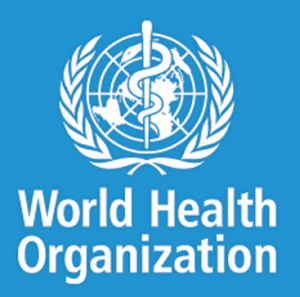Investing in non-communicable disease control generates major financial gains – WHO
 A new report by the World Health Organization (WHO), has revealed that investing in non-communicable disease control generates major financial and health gains.
A new report by the World Health Organization (WHO), has revealed that investing in non-communicable disease control generates major financial and health gains.
According to the report, the world’s poorest countries could gain $350billion by 2030 by scaling up investments in preventing and treating chronic diseases, like heart disease and cancer that cost an additional $1.27 per person annually.
The report, which was made available to the Ghana News Agency, by Paul Garwood, WHO Communications Officer, said such actions would save more than eight million lives over the same period.
The report, dubbed “Saving lives, spending less: a strategic response to NCDs”, revealed, for the first time, the financing needs and returns on investment of WHO’s cost-effective and feasible “best buy” policies to protect people from NCDs, the world’s leading causes of ill health and death.
It shows that for every one dollar invested in scaling up actions to address NCDs in low- and lower-middle-income countries (LLMICs), there would be a return to society of at least seven dollars in increased employment, productivity and longer life.
“The overarching message of this powerful new WHO report is optimistic,” Dr Tedros Adhanom Ghebreyesus, WHO Director-General said.
“Tackling NCDs is an opportunity to improve health and economies,” he added.
According to the report, if all countries use these interventions, the world would move significantly closer to achieving Sustainable Development Goal three and four to reduce premature death from NCDs by one-third by 2030.
It said among the most cost-effective “best buy” interventions are increasing taxes on tobacco and alcohol, reducing salt intake through the reformulation of food products, administering drug therapy and counselling for people who have had a heart attack or stroke, vaccinating girls aged nine – 13 years against human papillomavirus and screening women aged 30-49 years for cervical cancer.
“NCDs impose huge economic costs that fall heaviest on the low- and middle-income countries that can least afford them,” said WHO Global Ambassador for Non-communicable Diseases Michael R. Bloomberg.
“This report makes the case for bold action against NCDs from a business perspective, and it outlines some of the most effective ways to reduce their toll, which can help to direct more resources to where they are needed most.”
The report said LLMICs currently bear the brunt of premature deaths from NCDs: almost half (7.2 million) of the 15 million people who die globally every year between the age of 30 and 70 were from the world’s poorest countries.
It noted that yet global financing for NCDs was severely limited, receiving less than two per cent of all health funding.
But the report indicates that taking effective measures to prevent and control NCDs costs just an additional $1.27 per person per year in LLMICs.
It said the health gains from this investment would, in turn, generate $350 billion through averted health costs and increased productivity by 2030, and save 8.2 million lives during the same period.
The report said for every $ 1 invested in each policy area, the following returns have been documented: $12.82 from promoting healthy diets; $9.13 from reducing the harmful use of alcohol and $7.43 from lower tobacco use.
Others are $3.29 from providing drug therapy for cardiovascular disease; $ 2.80 from increasing physical activity; and $ 2.74 from managing cancer.
It said NCDs kill 41 million people each year, comprising 72 per cent of all deaths globally.
It said the number of deaths from NCDs was increasing across the world, including in LLMICs.
The report said as typically long-term conditions, NCDs were especially detrimental to families in low-resource settings, as lengthy and expensive treatment drains household resources, forces families into poverty and stifles development.
It said saving lives, spending less: a strategic response to NCDs issues a clear call for donors to support governments by offering funding as a catalyst for ambitiously scaling up the “best buy” policies which would save millions of lives.
Source: GNA
